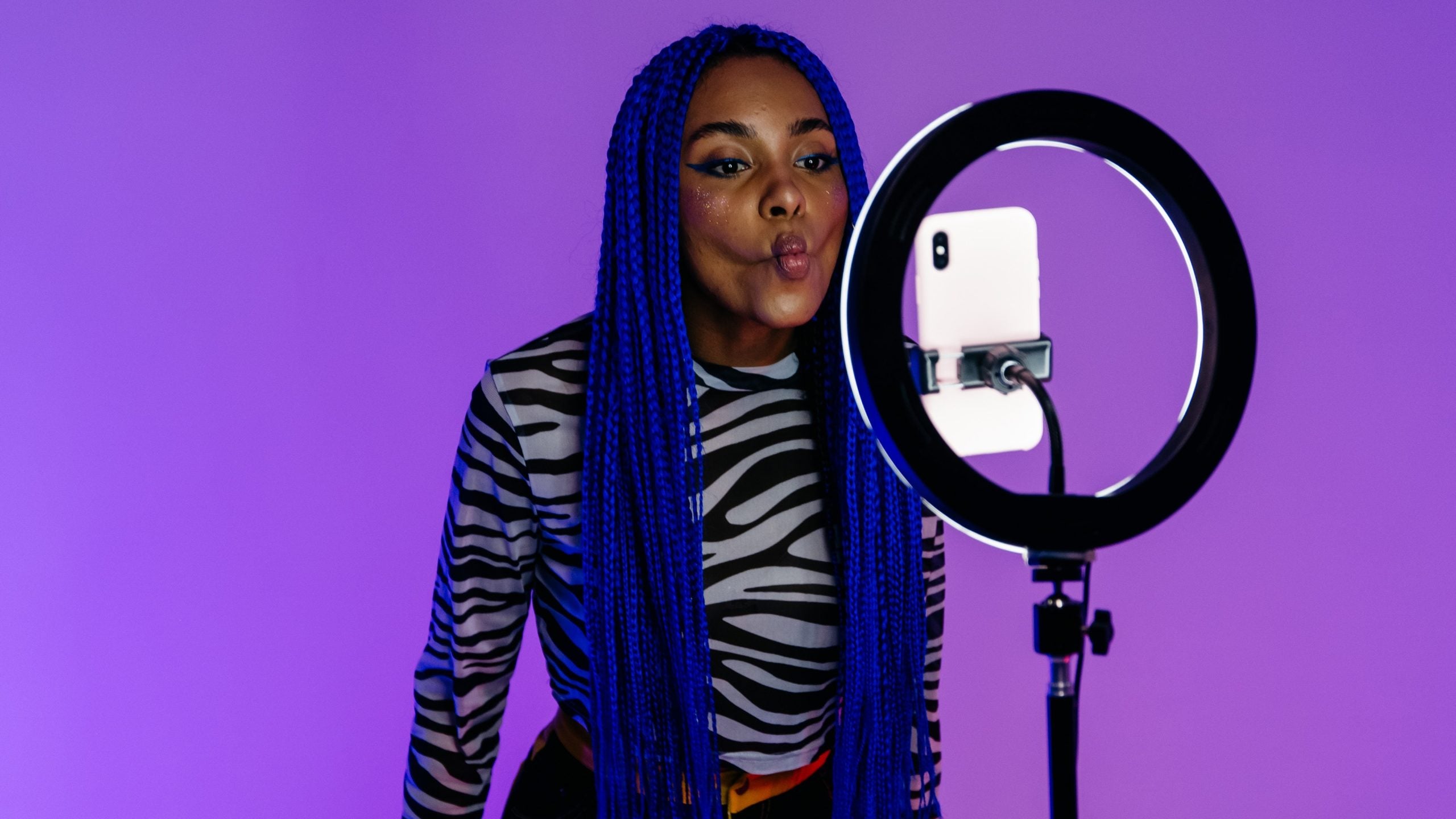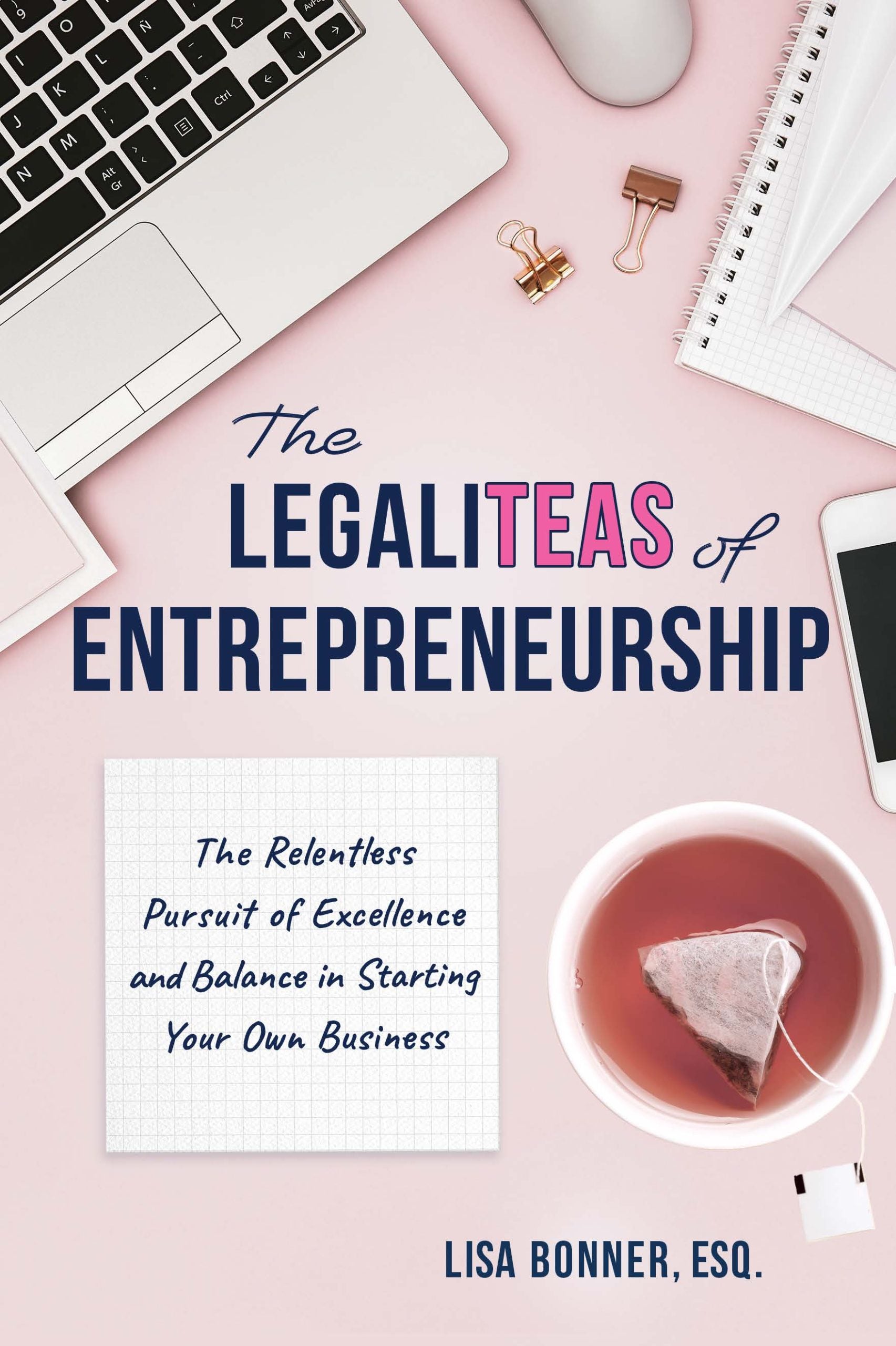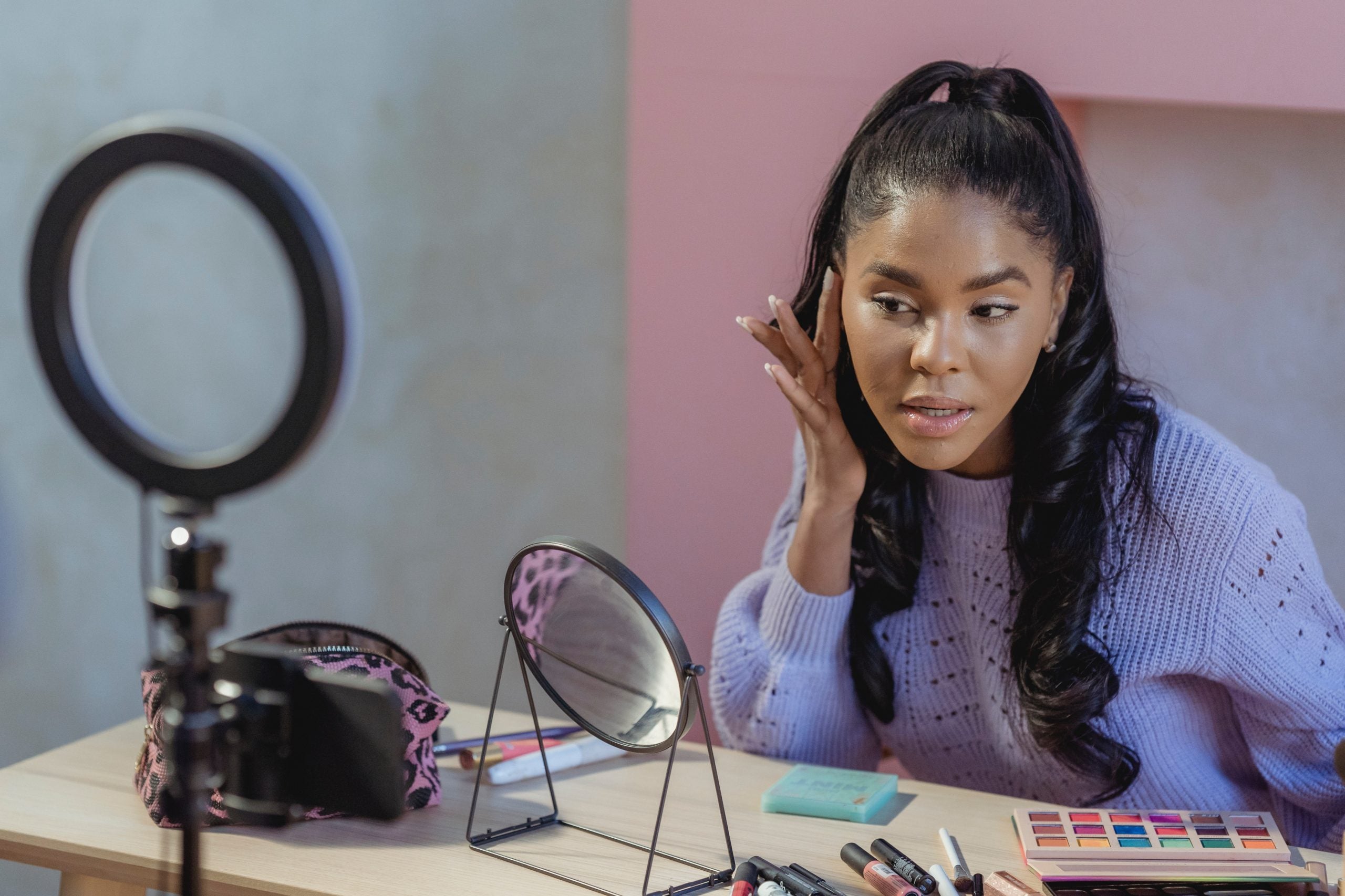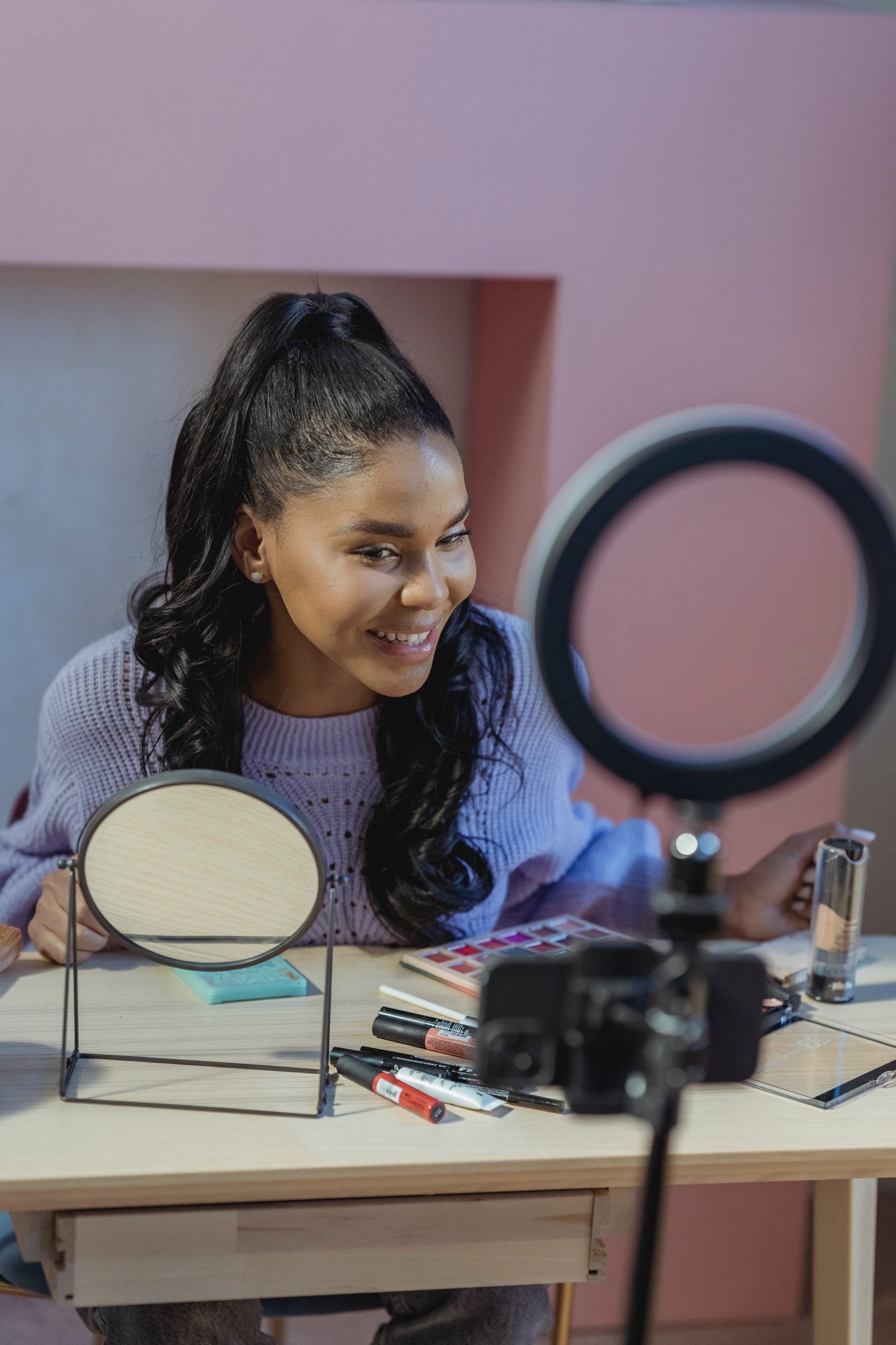
Let’s be honest: when it comes to innovation, everyone can learn a thing or two from us. Whether it’s the current TikTok dancing craze or virtual fashion shows that completely transform the way fashion is presented (hey, Hanifa!), Black creatives are the pioneers and trend-setters who bring art to the globe.
With this knowledge, it is critical to acknowledge that others will copy our work—sometimes without our authorization. Addison Rae, a TikTok star with over 87 million followers, faced backlash after appearing onThe Tonight Show with Jimmy Fallon and demonstrating all of the latest TikTok dances without crediting the creators.
In June 2021, in response to Addison Rae’s appearance, Black TikTok creators went on strike, refusing to create any more choreography until they were properly credited for their ingenuity and acknowledgment that the platform relies on their invention. While this isn’t the first (or even the last) time that Black beauty and fashion creators have been denied credit for their work, it’s vital to remember that you have rights and the capacity to safeguard your work.
“Most often, the issue with social media content creators is that the author isn’t given proper attribution, which detracts from their visibility as the creator,” says Lisa Bonner, Esq., veteran entertainment and intellectual property attorney and author of The LegaliTEAS of Entrepreneurship: The Relentless Pursuit of Excellence and Balance in Starting Your Own Business. “Creatives often miss out on ancillary opportunities that come from creating such a viral sensation.”

Bonner continues, “In the instances of these viral dance crazes or make-up tutorials, those videos were appropriated by a white content creator who is then given de facto credit as the originator. Then the infringer shows up on a TV show, and they land a big campaign because of the visibility that comes from that opportunity that they co-opted from the creator.”
Depending on the type of work you perform as a fashion or beauty creative, Bonner advises that you make sure you have an appropriate agreement in place that spells out who owns what. “Be sure to seek federal trademark or copyright protection (if applicable) and lastly, include some visibly identifying factor so that even if the content is reposted or shared, they can trace it back to you.” Bonner also suggests including a watermark on the video or using a song that you have registered with the copyright office.
If you’re a new beauty and fashion content creator or planning to start your own blog or videos, learning the differences between a copyright and a trademark is critical. Bonner helped us get started by simplifying the legalese.
According to the World Intellectual Property Organization (“WIPO”), intellectual property (“IP”) is classified into six categories that include patents, trade secrets, industrial designs, and geographical indications. However, we are focusing on the following:
- Trademarks protect words, symbols, phrases, slogans, and logos. You seek federal registration and protection for trademarks and patents from the United States Patent and Trademark Office (“USPTO”).
- Copyrights protect works of authorship, such as sound recordings, scripts, treatments, photos, animated images, maps, and the like. For this, you seek federal registration through the United States Copyright Office.
“Your protection is based on what category your IP falls under,” says Bonner. “Federal registration in both instances means you have broader geographical and enforcement rights for your IP and allows for statutory damages in the case of infringement of your intellectual property.”
Copyright grants the owner exclusive use and protection of what you’ve registered with the copyright office as a creative. You acquire common-law copyright once an idea is transformed into a “tangible manner of expression.”
“For example, if you make a video, or write content on paper or napkin, or take a photo, you have common-law copyright,” says Bonner. “Again, seeking federal copyright registration affords you greater protection in the enforcement of your work and the damages associated with misappropriation.”
Ideally, you want to copyright images that you are putting out for public consumption or sale. “You may submit images individually, but if you are submitting multiple works, such as a fashion or beauty coffee table book of photos you took (a “collection of works” to use copyright office verbiage), you may register them all at once,” suggests Bonner, “providing you are the author of all of the works, and further, providing said works were published together at the same time.”
It is not essential to hire a lawyer to secure a copyright. However, the legal advisor strongly recommends using an attorney while attempting to register a trademark. “The Trademark Office is very particular when it comes to the specimens that you need to submit for proof of use, which is required for registration,” Bonner explains. “And the phraseology associated with the application is akin to an art form, and if not written correctly, your application will be rejected. It is extremely difficult and expensive to try to correct a botched trademark application, and as a trademark is a race to first use, you may not get a second bite at the apple.”
So, what can you do if you see someone copying your work? Bonner recommends notifying the owner of the website. “All the bonafide social media websites such as Youtube, Facebook, Instagram, Twitter, etc. make it easy to report a potential infringement on their site with the click of a button and a description of the alleged infringement,” she informs us. “Each has various checks and balances, but if the work is yours, then you should report it. These websites take this seriously and will contact the alleged infringer and possibly remove their content while this is being sorted out.”
It’s important to note that if the infringement is occurring in a larger context and is costing you money or opportunities, you should consult an attorney who can help you file a cease and desist letter and discuss your options for dealing with the infringement more thoroughly.
Remember, when you create your videos, take photos or write articles, be sure that you understand how to protect your work. “I start my book with a quote by Albert Einstein that says, ‘You have to learn the rules of the game. And then you have to play better than anyone else,’ Bonner shares. Touché!
To keep up on current legal topics, check out LegaliTEA, a popular podcast that is syndicated on Apple, Spotify, Google Play, and other platforms.


